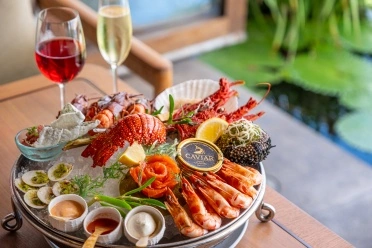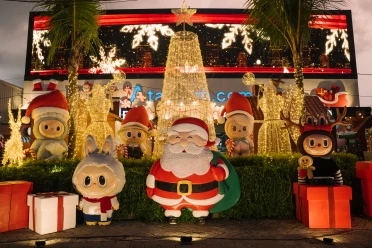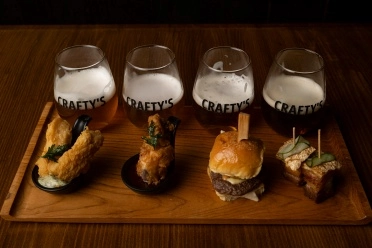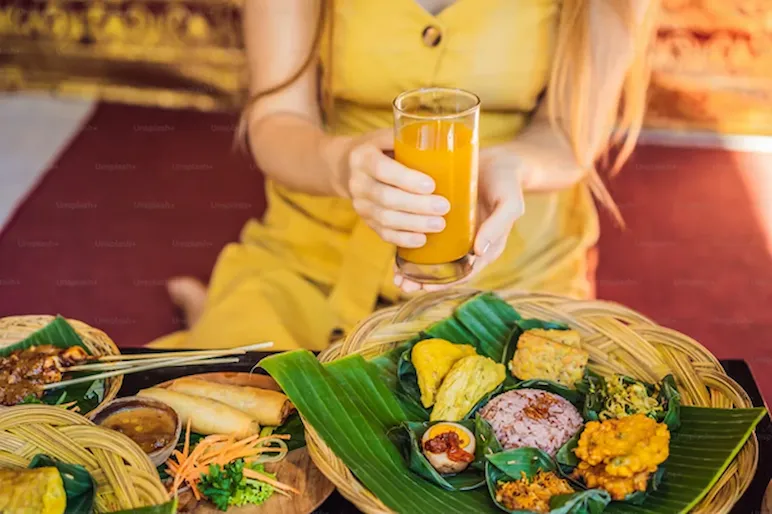Just a kilometer south of Ubud’s bustling center lies Pengosekan, a modest village steeped in artistic spirit yet overshadowed by its more famous neighbors. Unlike Ubud or Peliatan, Pengosekan has no palaces, royal lineages, or Brahman priests. What it does have, however, is a quietly powerful creative pulse—a village where artistry blooms not from privilege, but from perseverance, community, and a deep reverence for nature.
A village where artistry blooms not from privilege, but from perseverance, community, and a deep reverence for nature.
From Farmers to Visionaries
Pengosekan might be small, but it stands tall as one of Bali’s most vibrant artist enclaves. Fringed by rice fields and adjoined by the legendary gamelan village of Peliatan, this village has charted its own unique path in Bali’s art history. Its name, once rarely heard outside of art circles, is now recognized for nurturing a distinct visual language that blends traditional narratives with contemporary flair.
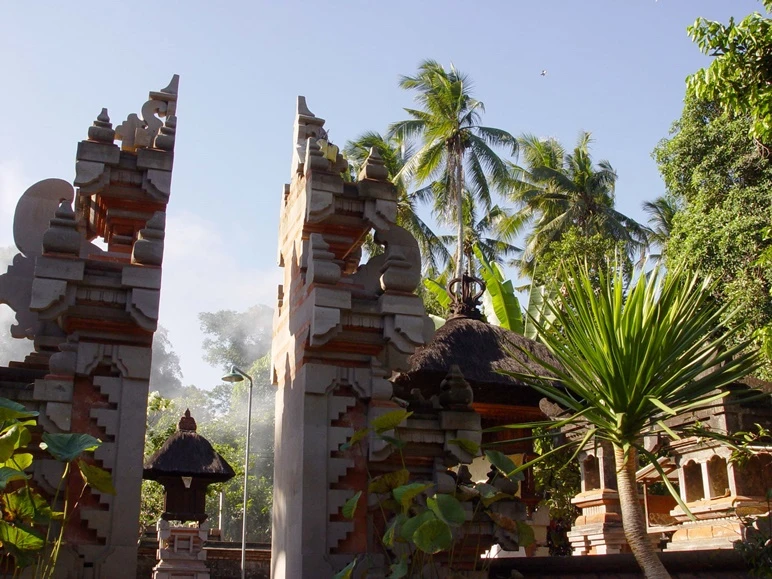
In the 1950s, as gamelan music gained prestige in neighboring villages, Pengosekan’s farmers decided they too would have an orchestra. With collective grit, they pooled money over years, purchasing one instrument at a time until they assembled their own gong kebyar ensemble. That same collective spirit soon extended to the visual arts.
By the 1960s and 70s, many Pengosekan men transitioned from tending crops to painting canvases, capturing the natural beauty around them in what became known as the village’s signature flora and fauna style. Pastel-toned birds, butterflies, and forest scenes began to fill the village’s modest studios and galleries, setting Pengosekan apart from the denser, more mythological themes of Ubud or Batuan.
A key figure in this transformation was I Dewa Putu Sena, who helped pioneer the flora and fauna style. The movement peaked in the 1990s, with works often featuring detailed depictions of insects, birds, and forest foliage. The result was a tranquil, meditative genre that appealed to both local collectors and international admirers.
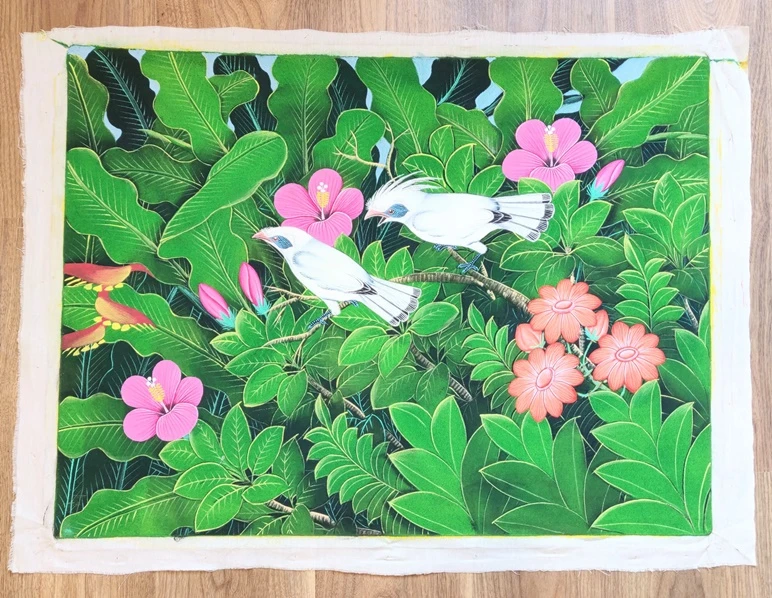
Artists Who Shaped the Soul of the Village
Gusti Ketut Kobot (1917–1999) is perhaps Pengosekan’s most celebrated painter. A foundational member of the renowned Pita Maha artist collective (1936–1945), Kobot helped redefine Balinese painting in the post-war era. His meticulous compositions—such as Brahma on Wilmana, on permanent display at Ubud’s Neka Art Museum—highlighted mythological figures rendered with exquisite balance and spiritual depth.
Another trailblazer was Dewa Nyoman Batuan (1939–2013), a visionary who founded the Pengosekan Community of Artists in 1970. Batuan not only painted but also built bridges between Pengosekan’s farmers-turned-painters and international art markets. His unique fusion of traditional Balinese storytelling with Buddhist mandala iconography elevated the village's visual identity into something wholly new—and deeply rooted.
Breaking even further from convention was his older brother, Dewa Putu Mokoh (1934–2010), a self-taught rebel who turned the lens inward. Mokoh’s works were often raw, intimate, and provocatively modern—featuring sensual, quirky scenes that expanded the emotional and visual vocabulary of Balinese art.
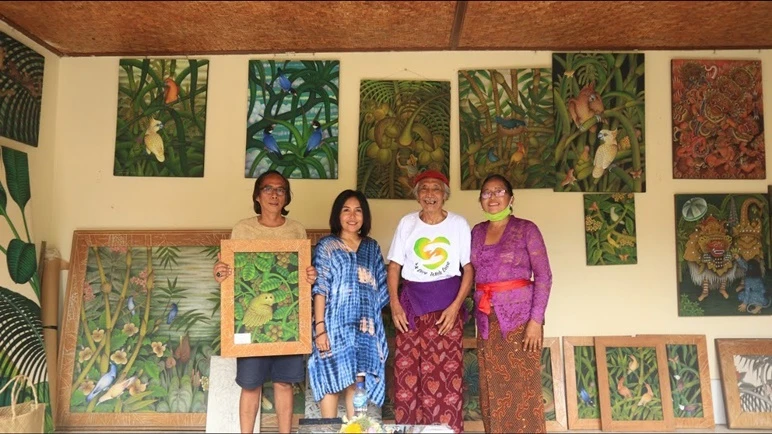
It was Mokoh who mentored Gusti Ayu Kadek Murniasih (1966–2006), better known as Murni, who would go on to become Indonesia’s most important woman artist. Overcoming childhood trauma and societal constraints, Murni’s surreal, subconscious-driven works confronted gender taboos and psychological scars with shocking vulnerability and color-soaked brilliance. Her legacy is a testament to Pengosekan’s role not just in art, but in liberation.
In 1974, Pengosekan received unexpected royal validation when Queen Elizabeth II and Prince Philip visited the village to meet its artists. Among those who helped develop and promote the village’s artistic identity was Mangku (Made) Gina, who began showcasing Pengosekan works in the 1960s. Today, his legacy lives on through his son, Ketut Sabeth, who continues to nurture the local art scene.
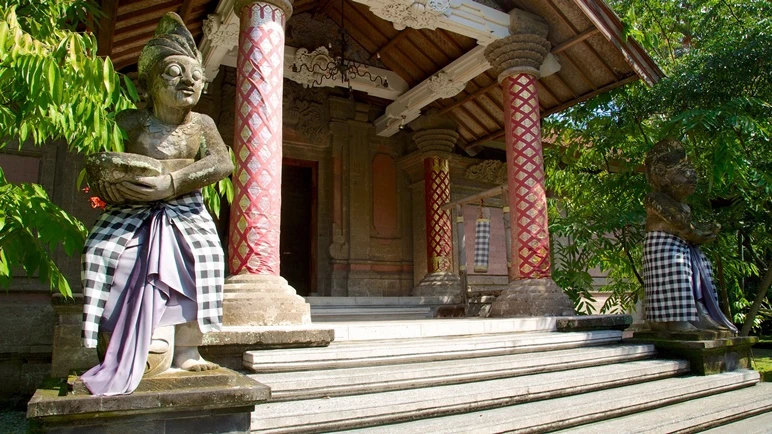
A Lasting Legacy
From its humble beginnings, Pengosekan has blossomed into a quiet powerhouse of creativity. The main road through the village is now lined with studios where young artists hone their craft, many of whom inherit both talent and inspiration from their forebears. This artistic energy is anchored by institutions like the iconic Agung Rai Museum of Art (ARMA), located in the heart of Pengosekan.
In many ways, Pengosekan is a living canvas: its rice paddies hum with tradition, its homes resonate with the sound of gamelan, and its paintings whisper stories both ancient and bold. This is not a place of palaces or temples. Instead, its treasure lies in the hands of everyday people who dared to turn color into livelihood and imagination into legacy.




 Billy Bagus
Billy Bagus
 Jul 23, 2025
Jul 23, 2025


